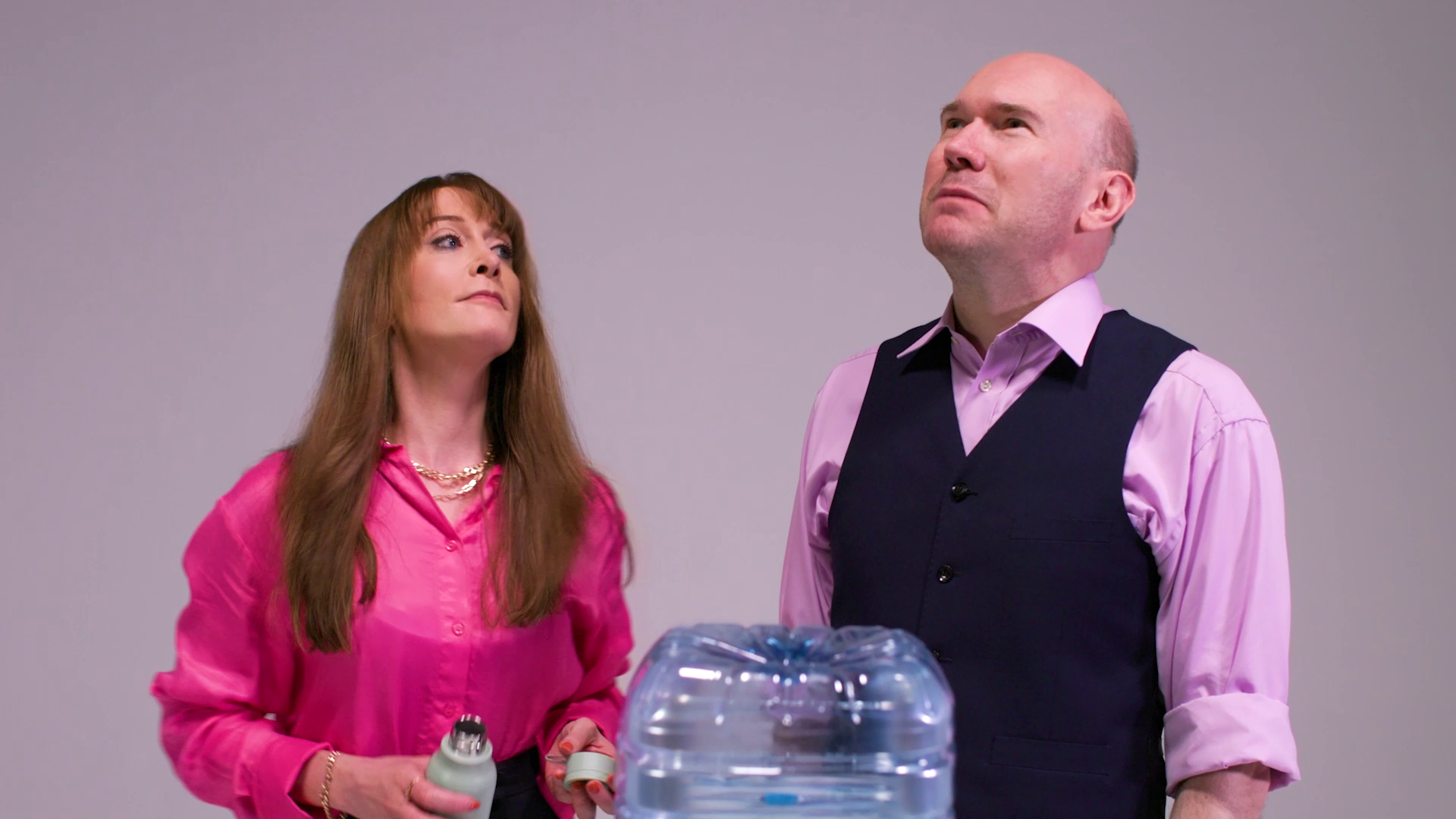Developments such as cable and satellite technology have brought us a much wider choice. Now, the viewer is in control. Hundreds of channels are available to watch. With the advent of ‘connected devices’, we can access our chosen content on-demand, either via a television, a computer or a smartphone. There are no restrictions or limits to what’s available. We can create our own personalised TV schedules and watch whatever we want anywhere and anytime.
The worldwide growth in the delivery of ‘television’, the timing of TV services and the move to connected devices all mirror the changes that have taken place in learning, according to Elliott Masie, the US learning and technology guru. For example, a few years ago, we all had to follow a learning curriculum. Courses would be scheduled and groups would gather together in one room to take part in the experience together. If you missed the course, you’d have to wait until it ran again.
Technological developments have now put the learner in control. You don’t have to follow a set learning schedule. You can access the learning you want, on-demand, when and where you want it, via a range of devices such as a computer, a tablet or a smartphone.
What’s interesting here is actually what hasn’t changed. People will still gather together afterwards to talk about a television programme they’ve watched. They did this in the days when there were only three channels and they still do it today. It creates a shared experience. Discussing the programme brings people together, even though they all watched the programme separately.
This is an important point for L&D. Yes, technology now enables people to learn anytime and anywhere but there’s still a great benefit in enabling people to get together – in person or in online communities – to discuss their experiences. Doing this enables them to get even more out of their learning.
Another interesting point is that, for many years now, technology has essentially offered a way of taking training out of the classroom. It can be expensive to physically bring people together for a face-to-face session, so technology – in the form of e-learning and m-learning – has been cited as an alternative. However, given the positive benefits of bringing people together for learning, a new argument can be made here. Instead of using technology to take training out of the classroom, why not bring technology into the classroom to enhance the training?
These days, nearly everyone has a smartphone or a tablet computer. We therefore have the power in the palm of our hands to supplement face-to-face learning through connected devices. In a way, this also mirrors a trend that’s evident in the realm of television. Many people will watch TV with their iPad or other tablet to hand, so they can chat online or tweet about what they’re watching in real time, or look up something, on a second device, whilst viewing their programme. This dual usage idea could become an interesting phenomenon in learning. Classrooms today are already starting to combine interactive, online content on multiple platforms with face-to-face expert delivery. So far, learning has mirrored the way that television has evolved, so why should this development be any different?
This could be an interesting trend to watch out for over the next few years.



